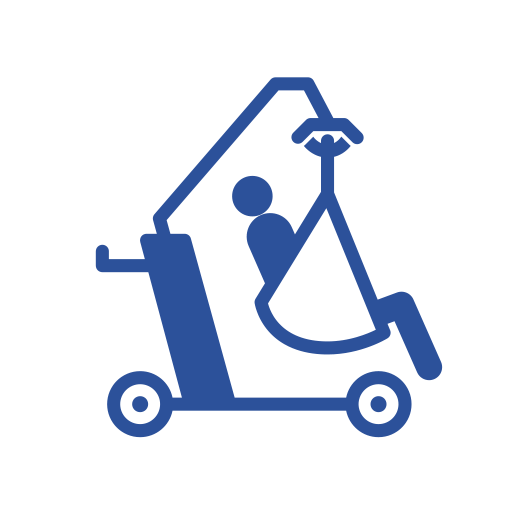With the recent huge increases in energy costs and interest rate rises, it’s true to say that we are all feeling the impact of this, especially when we have equipment, like a mobility scooter or an electric wheelchair that need charging regularly.
It may seem that an increase in electricity cost is inevitable, but what can be done, if anything, to minimise the effect on household bills, for you when you own a mobility scooter?
1, Review the mobility scooter you are using?
Obviously, larger mobility scooters take up more power to charge and certainly older mobility scooters are less energy efficient and can take longer to charge and use a higher number of Kilowatts Per Hour (KPH) per charge.
It could be worthwhile looking at the cost of charging your current scooter against those of a smaller model to see if your current scooter is going to be costing too much to be cost-effective.
If you really need a faster and more powerful Class 3 mobility scooter, then a smaller model may not be appropriate, however, if you are due to change any time in the near future, then running costs should be an important aspect to compare.
Another option is trading in your old mobility scooter for a new one, where the value of your older model can be put towards the purchase price of a new model.
2, Check your Mobility Scooter battery
Old and worn out batteries can take longer to charge and also require a more frequent charging regime just to keep going.
This naturally uses more energy per charging cycle and will have a negative impact on monthly electricity costs.
Most Mobility Scooters will have a LED battery meter or analogue needle meter. If this is going down rapidly, after only light use of your scooter, or you find that you are not able to go to the distances you previously were able to, it could be an indicator of poor battery health.
Another indicator is if the battery meter is going down rapidly when you attempt a hill that is around 75% of the mobility scooter's capability. If the meter falls rapidly as the mobility scooter attempts the hill then it is probably the battery at fault.
Many local mobility stores (as we do at our Garstang store in Lancashire) will offer a battery testing service and there are some that will make calls to your home with this service, or for the more electrically experienced, a multimeter can determine a weak or failing battery.
3, Check your charging frequency
Keeping any electrical equipment on charge for long periods when they are not being used can be expensive, especially in the current climate where energy unit prices are so high.
If your mobility scooter is not being used for periods of time, then simply unplug it from the charger and make sure that the charger is not still connected to the power as it may still consume power if it has the light on.
Being more strategic with the timing of your mobility scooter charging can save money that you don’t have to spend. Just ensure that you don’t let the battery go too long without a charge and that you also give yourself plenty of charging time if you intend to use the scooter.
4, Speak to your energy provider
Many people are not sure of the tariff they are on for their energy and whether they are on a fixed rate deal or standard variable contract.
It is always a good idea to speak to your energy provider and tell them of your particular use and that you use a mobility scooter, as they may be able to suggest a better plan for your energy on a cheaper tariff.
5, Ask us for our advice…
We know that for many people, it can be confusing and time consuming to be looking at mobility scooter running costs and making comparisons for energy efficiency and economy.
If you would like us to briefly review your current mobility scooter model against others for energy cost efficiency, we will be happy to give you our advice and recommendations and if you would qualify for a trade-in to a more cost-effective mobility scooter model.

 Bathroom Aids
Bathroom Aids Beds & Bed Aids
Beds & Bed Aids Car & Travel Aids
Car & Travel Aids Chairs & Seating Aids
Chairs & Seating Aids Cleaning & Hygiene
Cleaning & Hygiene Comfort & Dressing
Comfort & Dressing Continence Care
Continence Care Cushions & Supports
Cushions & Supports Daily Living Aids
Daily Living Aids Disabled Ramps
Disabled Ramps Footwear & Footcare
Footwear & Footcare Health & Medical Aids
Health & Medical Aids Medical Professionals
Medical Professionals Mobility Scooters
Mobility Scooters Paediatric Equipment
Paediatric Equipment Parts & Spares
Parts & Spares Patient Handling
Patient Handling Stair Lifts
Stair Lifts Therapy & Orthopaedics
Therapy & Orthopaedics Toileting Aids
Toileting Aids Walking Aids
Walking Aids Wheelchairs
Wheelchairs


